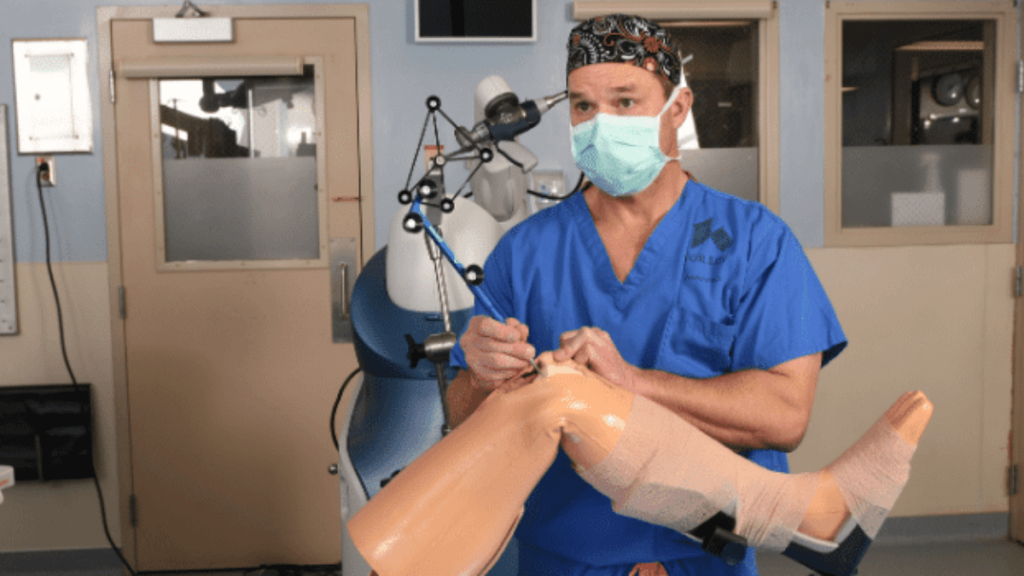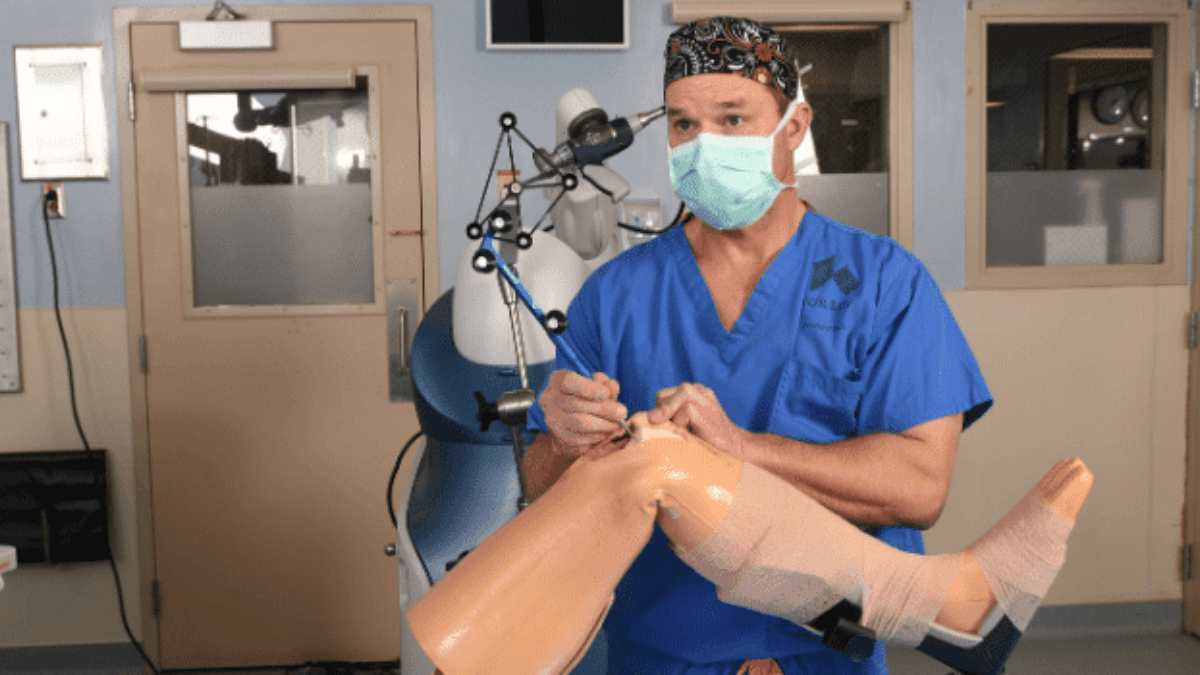Robotic Knee Replacement Surgery
Introduction
Recovering from robotic knee replacement surgery can be a challenging but ultimately rewarding process. Understanding what to expect during the recovery period can help alleviate anxiety and aid in a smoother rehabilitation journey.

Post-Surgery Discomfort and Pain Management
After the procedure, it is normal to experience discomfort and pain in the knee area. Following the prescribed pain management plan provided by your healthcare provider is crucial. This plan typically includes medication, physical therapy, and specific exercises to alleviate pain and enhance mobility.
Physical Therapy and Rehabilitation
Engaging in physical therapy and rehabilitation exercises is a crucial part of the recovery process. These exercises are designed to help strengthen the muscles surrounding the knee joint, improve flexibility, and restore normal function to the knee. Regular physical therapy appointments and consistent at-home exercises are essential for optimal recovery.
More About Robotic Knee Replacement Surgery
Gradual Increase in Mobility
Initially, mobility may be limited after robotic knee replacement surgery. As the healing process progresses, there will be a gradual increase in mobility. Patients should anticipate using walking aids such as crutches or a walker during the initial phase of recovery. Over time, the need for walking aids will diminish as strength and mobility improve.
Read More:
Is Knee Replacement Right for You?
Return to Daily Activities
Reintegrating into daily activities will be gradual and is dependent on the individual’s progress. Patients should expect to gradually resume light activities such as household chores and walking. It is important to adhere to the guidance provided by the healthcare team regarding the timeline for resuming specific activities.
Long–Term Expectations
While the initial recovery period is a critical phase, it is equally important to consider the long-term expectations following robotic knee replacement. Patients should anticipate ongoing improvements in mobility and function over the course of several months. Commitment to maintaining a healthy lifestyle and following the recommendations of the healthcare team is essential for long-term success.

In conclusion, the recovery journey following robotic knee replacement surgery involves a combination of patience, dedication, and adherence to the guidance provided by healthcare professionals. Understanding the expected progression of recovery can empower patients and contribute to a successful rehabilitation outcome.
Conclusion
In conclusion, a comprehensive recovery guide after robotic knee replacement outlines the expected post-operative experiences and the gradual return to normal activities. Patients can anticipate initial discomfort, followed by steady improvement in mobility and reduced pain. Adhering to the prescribed rehabilitation program and maintaining a positive mindset are crucial for achieving successful recovery outcomes. With patience and dedication, individuals can look forward to regaining an active lifestyle and improved quality of life post-surgery.


